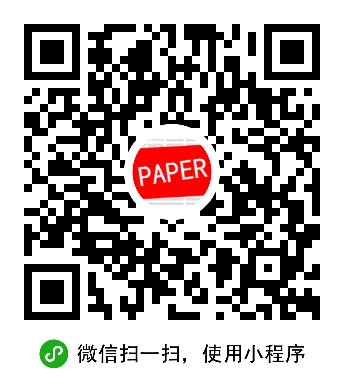Abstract
Understanding the complex myocardial architecture is critical for diagnosing and treating heart disease. However, existing methods often struggle to accurately capture this intricate structure from Diffusion Tensor Imaging (DTI) data, particularly due to the lack of ground truth labels and the ambiguous, intertwined nature of fiber trajectories. We present a novel deep learning framework for unsupervised clustering of myocardial fibers, providing a data-driven approach to identifying distinct fiber bundles. We uniquely combine a Bidirectional Long Short-Term Memory network to capture local sequential information along fibers, with a Transformer autoencoder to learn global shape features, with pointwise incorporation of essential anatomical context. Clustering these representations using a density-based algorithm identifies 33 to 62 robust clusters, successfully capturing the subtle distinctions in fiber trajectories with varying levels of granularity. Our framework offers a new, flexible, and quantitative way to analyze myocardial structure, achieving a level of delineation that, to our knowledge, has not been previously achieved, with potential applications in improving surgical planning, characterizing disease-related remodeling, and ultimately, advancing personalized cardiac care.
Abstract (translated)
理解复杂的心肌架构对于诊断和治疗心脏病至关重要。然而,现有的方法往往难以从扩散张量成像(DTI)数据中准确捕捉这种复杂的结构,主要原因是缺乏地面真实标签以及纤维轨迹的模糊性和纠缠性。我们提出了一种新颖的深度学习框架,用于心肌纤维的无监督聚类,提供一种基于数据驱动的方法来识别不同的纤维束。 我们的方法独特地结合了双向长短时记忆(BiLSTM)网络和Transformer自编码器。BiLSTM网络用来捕捉沿纤维方向上的局部序列信息,而Transformer自编码器则学习全局形状特征,并在点级别上融入重要的解剖学上下文。通过基于密度的算法对这些表示进行聚类,可以识别出33到62个稳健的簇群,成功地捕获了不同层次粒度下的纤维轨迹细微差别。 我们的框架提供了一种新的、灵活且定量的方法来分析心肌结构,达到了据我们所知前所未有的精细划分程度。这具有潜在的应用价值,如改善手术规划,表征疾病相关的重塑过程,并最终推进个性化心脏护理的发展。
URL
https://arxiv.org/abs/2504.01953
